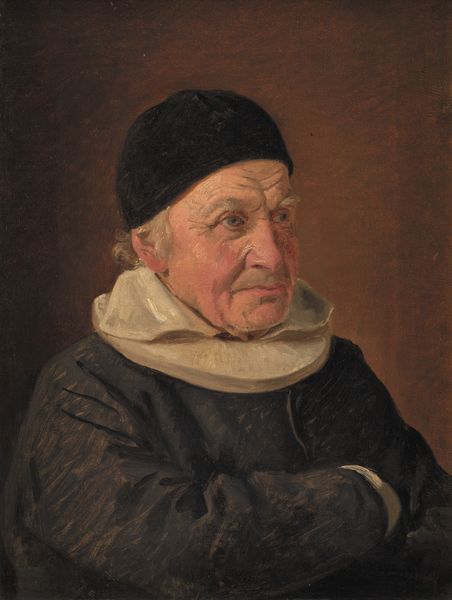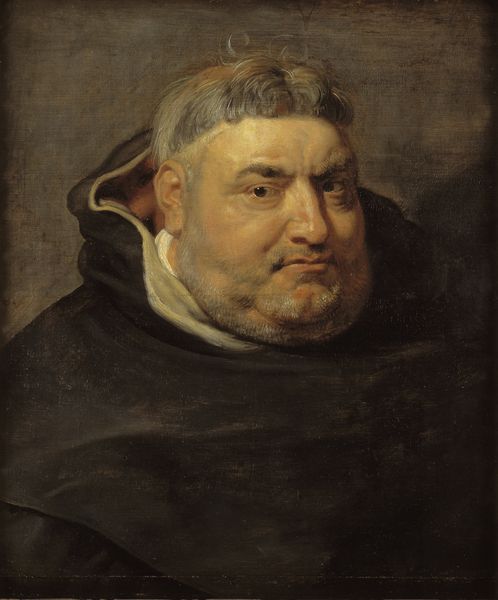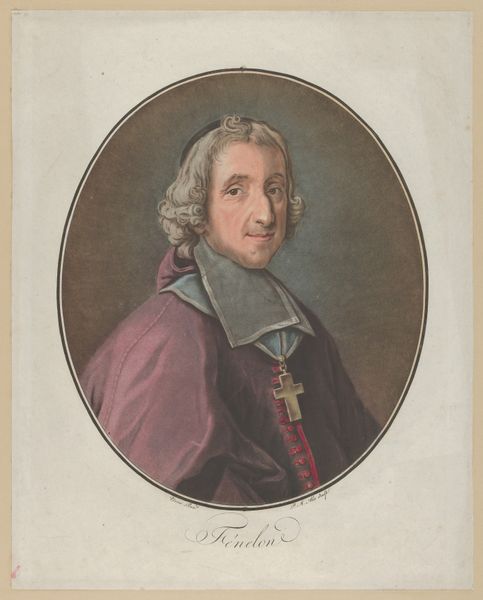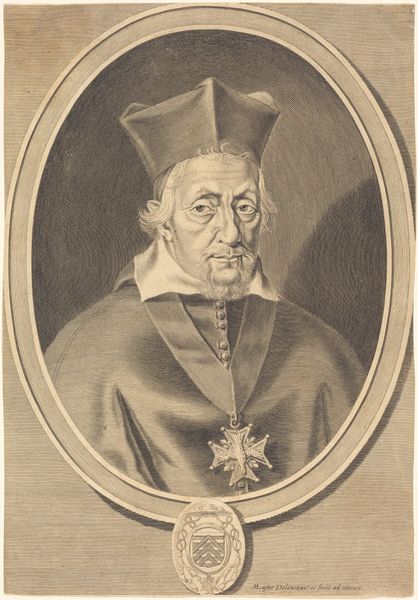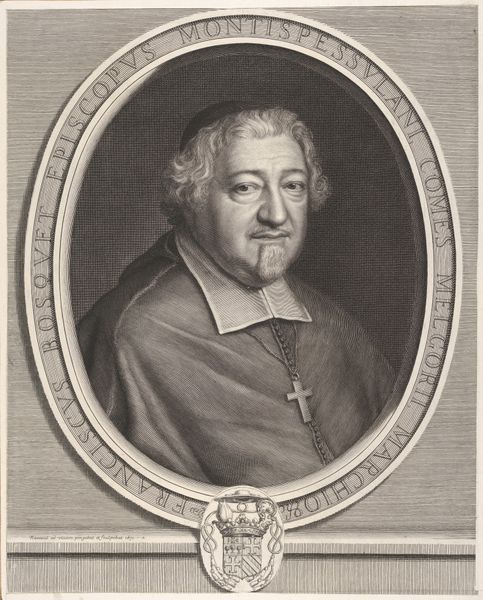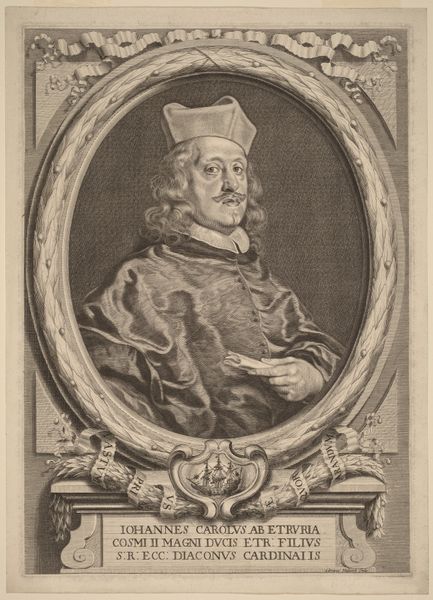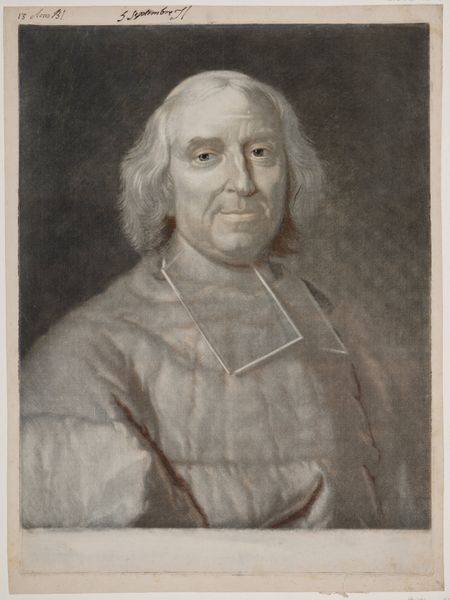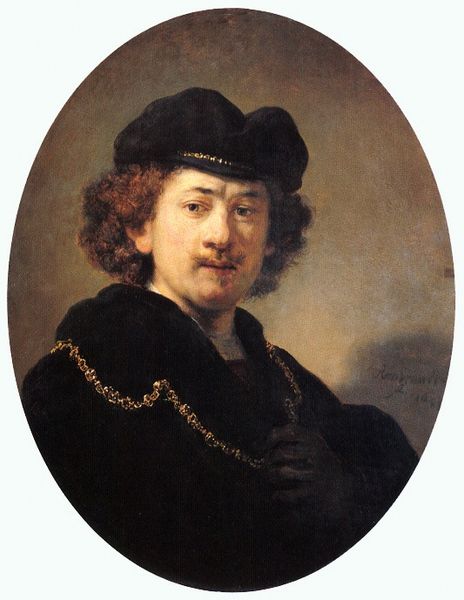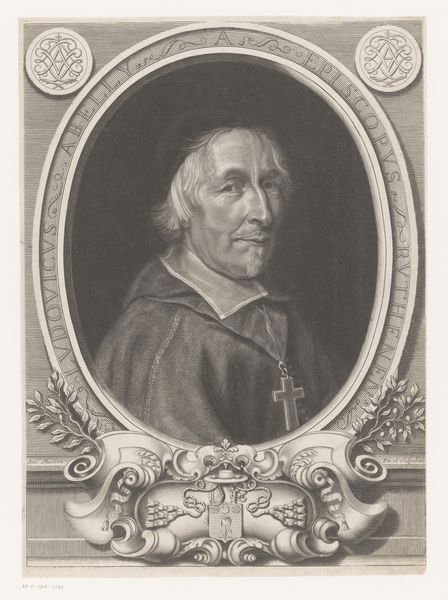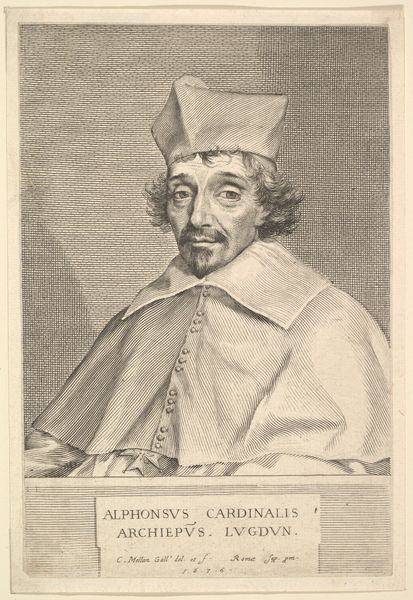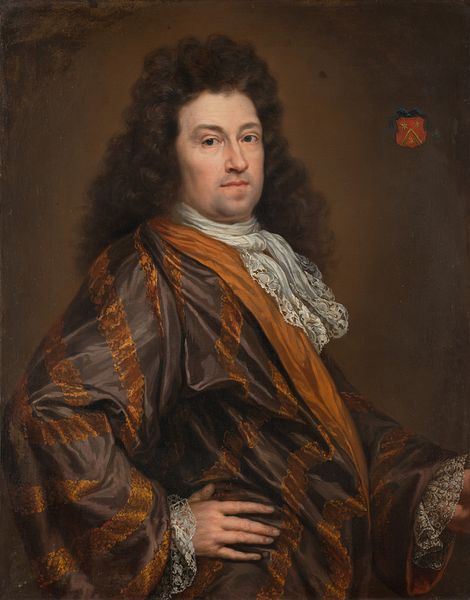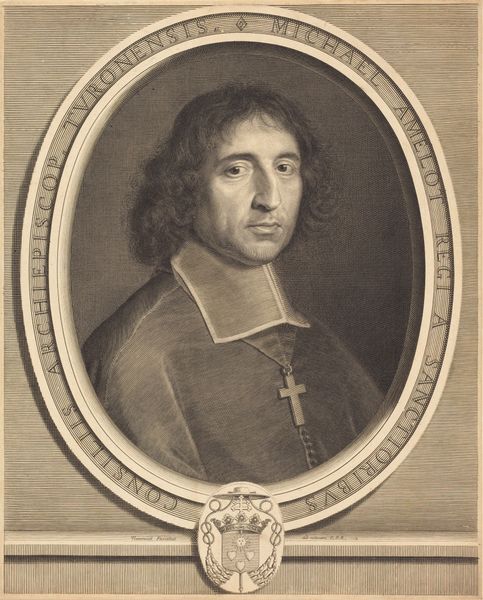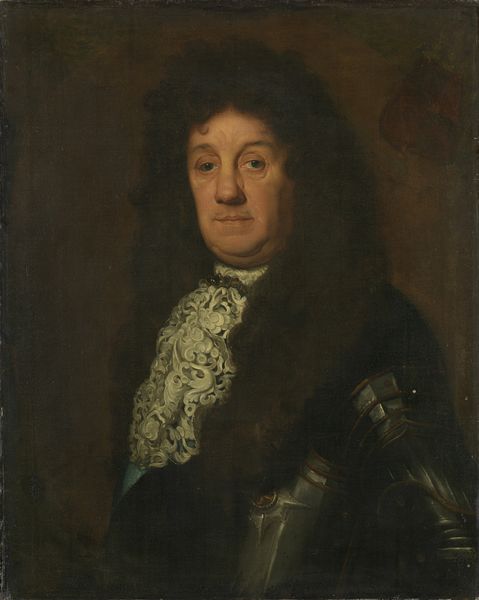
Pope Benedict XIV (Prospero Lambertini, 1675–1758) 1746
0:00
0:00
painting, oil-paint
#
portrait
#
baroque
#
portrait
#
painting
#
oil-paint
Dimensions: 25 1/4 x 19 1/4 in. (64.1 x 48.9 cm)
Copyright: Public Domain
Curator: This is Pierre Hubert Subleyras’ portrait of Pope Benedict XIV, painted in 1746. It currently resides here at The Metropolitan Museum of Art. Editor: The striking scarlet hue of his robes immediately grabs attention. Beyond the color, though, I find his expression rather…stern, wouldn’t you say? Curator: Benedict XIV, or Prospero Lambertini, was known for his intellectual rigor. The painting, likely commissioned, reflects this aspect, cementing his legacy through visual representation. The portrait type served to promote particular concepts of the Papacy, during times of great change in Europe. Editor: The ornamentation woven into the mozzetta and even rendered onto the camauro truly is quite striking. You see the papal crest repeated. Beyond a straightforward representation of power, this speaks to the perceived divine approval, embedding concepts of legacy through continuous, visual reiteration of these emblems. Curator: Precisely. And Subleyras, well-established in Rome by then, was highly sought after for his ability to capture not just likeness but also the sitter’s social standing and, arguably, their internal qualities. His baroque style aligns with Benedict's attempts to modernize the Vatican's approach to sciences and arts. Editor: Although it strikes me that his choice of attire is deliberate, and rooted in tradition. Look at the ermine trim! The symbols do more than denote office; they become anchors. The image is both of his time and consciously links itself to the historical continuity of the Papacy. It's as if the symbols themselves speak volumes about permanence amidst a volatile world. Curator: Subleyras certainly composed an effective portrait of leadership and a papal brand. It illustrates the interesting blend of innovation and deeply-rooted tradition characterizing Benedict’s pontificate, offering a revealing glimpse into both the man and his time. Editor: It is hard not to appreciate that as we gaze into the past through portraits like these.
Comments
No comments
Be the first to comment and join the conversation on the ultimate creative platform.
